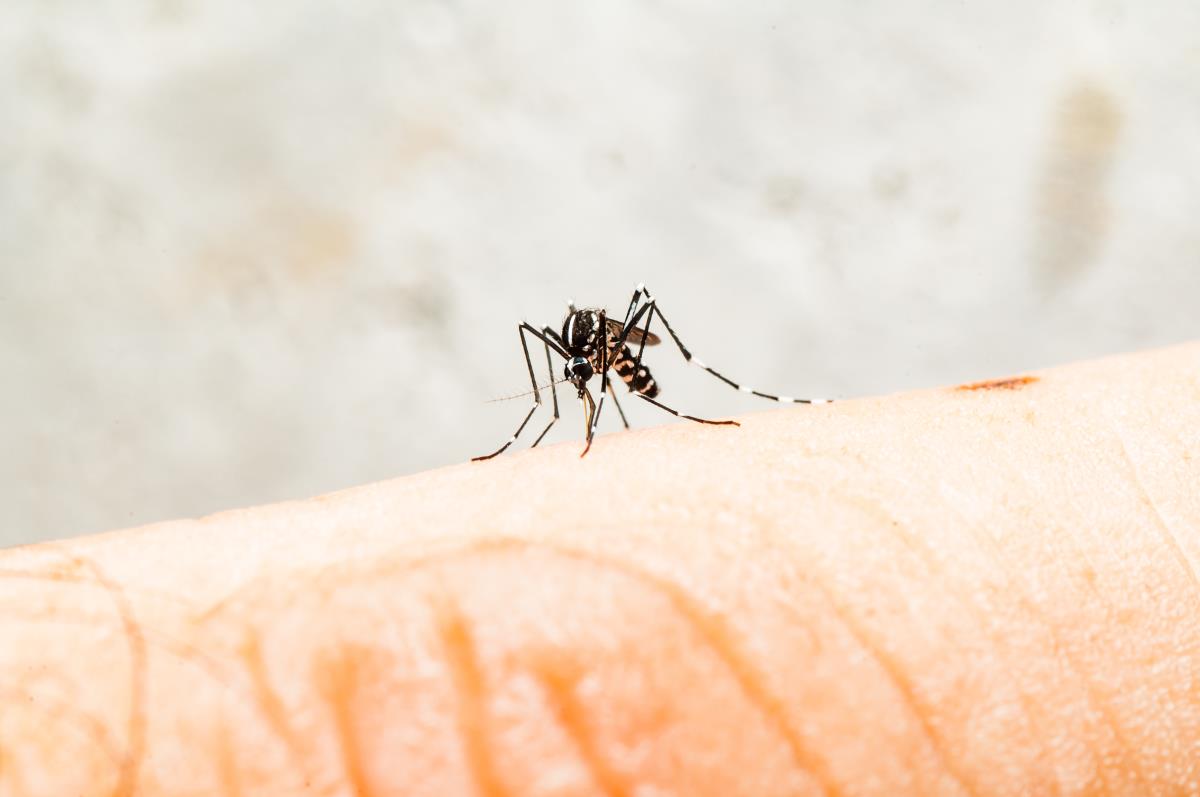It starts at home: Improving urban air quality indoors can help reduce energy demand, say researchers
08/21/2020 / By Zoey Sky

Households in Singapore respond to ambient air pollution by increasing energy consumption, according to a recent study published in the Journal of the Association of Environmental and Resource Economists.
Researchers who conducted the 2020 study found that increased electricity demand also increases the carbon emissions co-produced when supplying power to these homes.
According to Alberto Salvo, an Associate Professor at the Department of Economics at the National University of Singapore (NUS) who conducted the study, making changes to improve air quality will result in “climate co-benefits” such as reducing electricity generation by also lowering household demand. In turn, this can help reduce carbon emissions.
Salvo explained that a lot of energy consumers live in bustling cities in developing Asian nations like Singapore. But unless major technological or regulatory shifts are enforced, energy supply will probably remain carbon-intensive for the years to come. (Related: Greener and cleaner: Can “green” roofs planted with vegetation minimize indoor air pollution?)
He also added that finding out what increases energy demand throughout the socioeconomic distribution of Singaporean households will help researchers find ways to address the future energy demand of urban populations in the region’s cities as incomes rise. This information can also help policymakers “when forecasting and influencing future emissions paths.”
Household energy demand’s effect on air pollution
For the study, researchers analyzed the utility meter readings of 130,000 households, gathered via a 1-in-10 random sample of all households in Singapore, from 2012 to 2015.
Each household’s energy consumption was tracked over time and compared with concurrent PM2.5 measurements or fine particles that are smaller than 2.5 micrometers in diameter from the air-monitoring network, considered the standard for measuring air pollution.
The study results revealed that overall electricity demand increased by 1.1 percent when PM2.5 also went up by 10 micrograms per cubic meter (ug/m3) because:
- Homeowners stayed indoors due to increased air pollution.
- The presence of PM2.5 pollution meant homeowners closed windows and used air conditioners and air purifiers more to reduce indoor particle levels or cool off because of indoor heat.
Households exposed to air pollution don’t just increase their electricity consumption, they also consumed more natural gas.
According to a separate 2018 study also conducted by Salvo, households consumed more water from the grid after being exposed to air pollution. Even though people from different socioeconomic groups used water and electricity in different ways to cool down in hot weather, the study showed that water provides heat relief for lower-income households.
At the same time, higher-income households consumed more electricity through the use of air conditioning when the weather was hot.
For the 2018 study, the researchers conducted a 300-person survey to complement the observational evidence. The survey helped determine the heat relief behaviors of homeowners in Singapore.
The results revealed that 39 percent of respondents took longer showers more often on a very hot day. Meanwhile, 36 percent of the respondents would turn on air conditioners. The survey also showed that taking more showers, washing one’s face more often and washing clothes were some of the most common water-based cooling behaviors practiced by households in Singapore.
Air pollution as a product of fossil fuel use
For the 2020 study, scientists noted that air pollution drives electricity demand and that it is “a product of fossil-fuel-based electricity generation.” To separate cause from effect, the research team used periodical land burning across Southeast Asia that result in a transboundary haze as a study instrument.
After examining data from the survey respondents, the researchers also discovered that PM2.5 had a larger percentage impact on electricity demand like factors such as household income and air conditioning access increase. Based on the study data, when PM2.5 increased by 10 ug/m3, electricity consumption among people who lived in condominiums went up by 1.5 percent, unlike the 0.75 percent increase in those who lived in one- to two-room apartments.
This income differential was attributed to PM2.5 inducing higher-income households who often used air conditioners and air purifiers when staying at home. This 1.5 percent increase in electricity consumption is equivalent to running an air conditioning unit for 10 more hours every month.
During the study period, only 14 percent of one- and two-room apartments in Singapore had air-conditioning, compared with 99 percent of condominium apartments.
Scientists also reviewed product catalogs on air conditioners to complement the observational evidence from utility meters. According to the catalog review, air conditioner manufacturers often promote indoor air quality as an additional product attribute to cooling.
The results of a 311-person survey on home energy behavior revealed that in the presence of haze pollution, more homeowners sleep with closed windows. Singaporean homeowners also dined out less and increased their use of the air conditioners and air purifiers because of haze pollution, which is an air-borne mixture of pollutants like soot particles, carbon dioxide and other toxic gases.
Haze pollution regularly affects some Southeast Asian countries, particularly Brunei, Indonesia, Malaysia and Singapore. The condition is caused by the burning of large tracts of forested land in Indonesia. Haze pollution occurs during the southwest monsoon season between June and September, and it becomes more severe in dry weather.
Air quality and homeowner utilities
At least 40 percent of the developing world’s population lives in the tropics, where PM2.5 pollution ranges between 20 and 200 ug/m3.
But only eight percent of the three billion people who live in the tropics currently have air conditioners, unlike 76 percent of homeowners in Singapore.
According to Salvo, the study showed how households care about air quality and that people will often spend more on utilities and increase the use of air conditioners. Measures that promote cleaner urban air can help reduce energy demand as households consume less energy, which in turn helps lower carbon emissions.
Improving air quality will also benefit lower-income households who can’t always afford utilities like air conditioning and air purifiers. The stark difference in defensive behavior can also widen the gap in health inequalities, particularly for homeowners in developing countries.
Salvo hopes that the study findings can be used to improve the longer-term forecasting of energy demand to help developing Asian countries face obstacles such as constant exposure to air pollution.
Sources include:
Tagged Under: air pollutants, air quality, carbon emissions, electricity, energy consumption, environment, household energy demand, indoor air, power consumption, urban air
RECENT NEWS & ARTICLES
COPYRIGHT © 2017 REAL SCIENCE NEWS



















